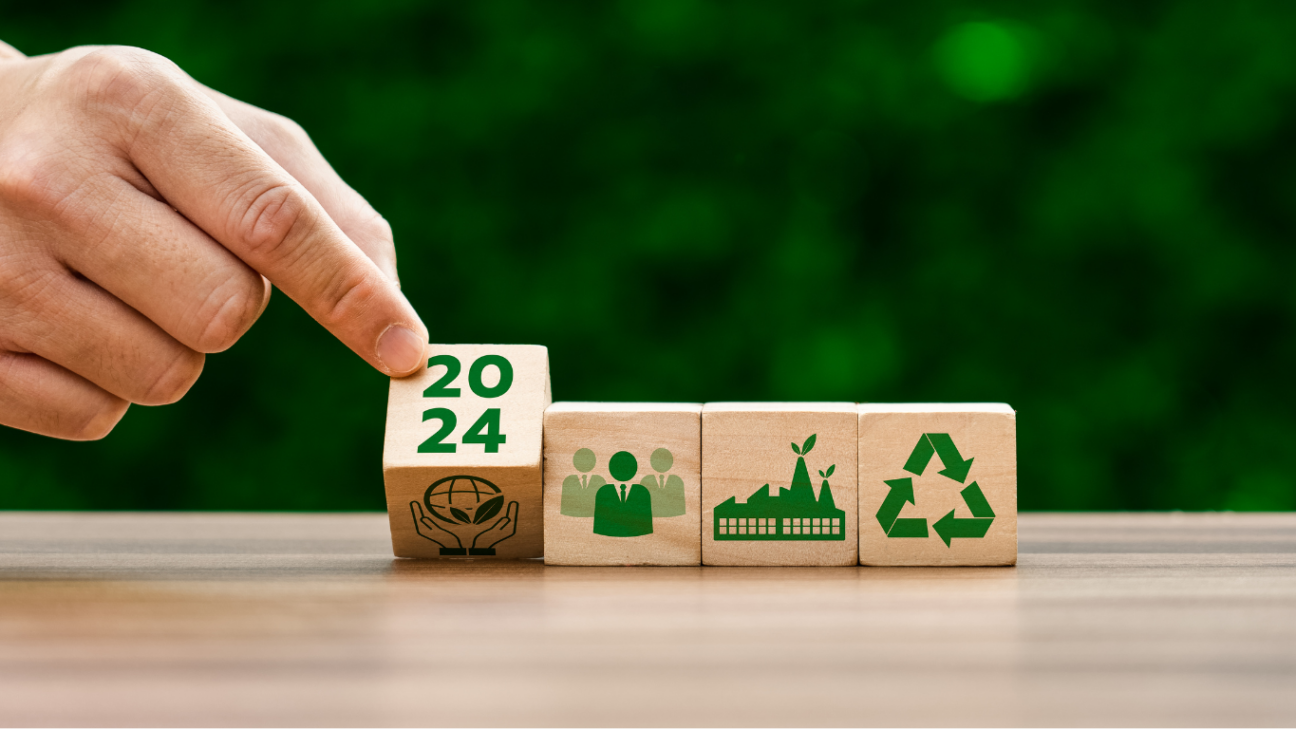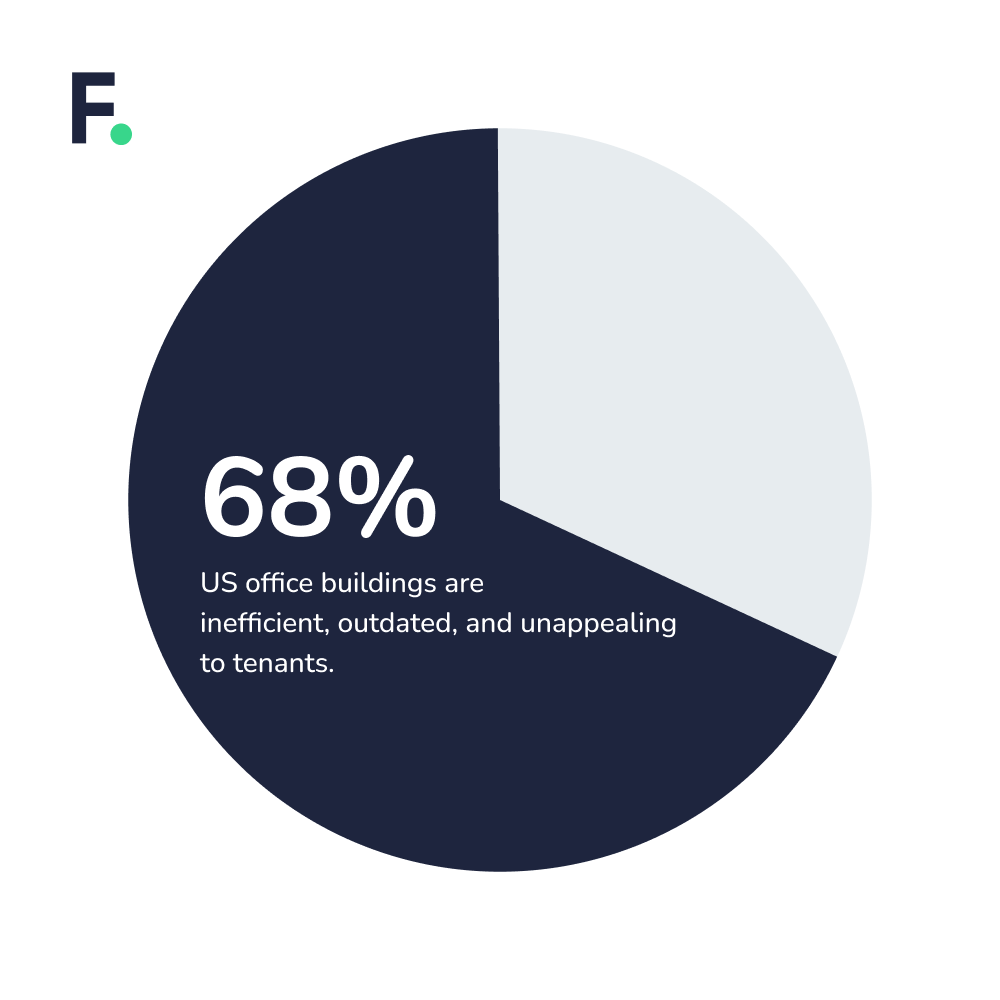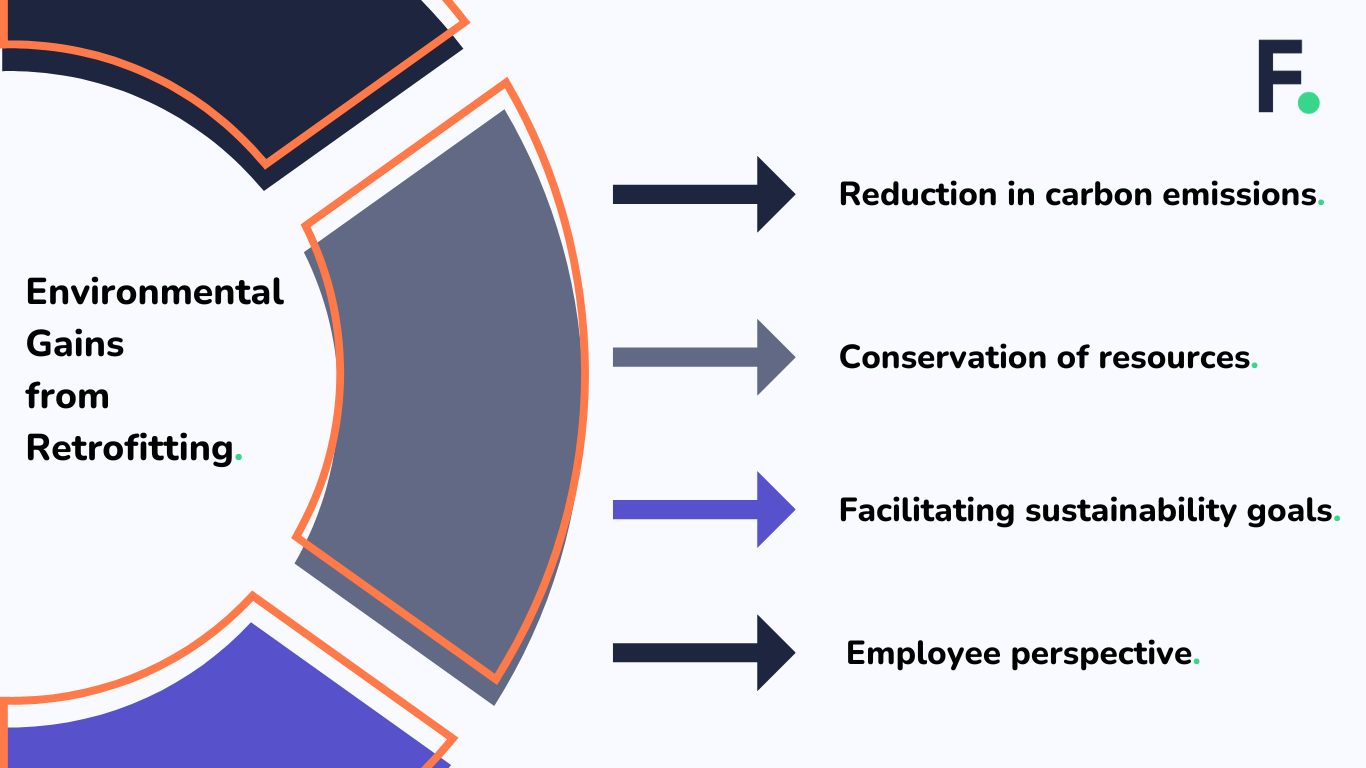

Older buildings, brimming with history and character, constitute a significant portion of the commercial real estate landscape. Research indicates that more than 68% of US office buildings, constructed before 2000, lack modern energy-efficient features. Despite being deemed inefficient and outdated, these structures still house numerous companies, emphasizing historic charm over contemporary efficiency. Research from Green Alliance underscores this issue, revealing that office buildings across the UK lose £60 million annually in wasted energy, equivalent to powering over 100,000 homes.

In a commitment to sustainable growth, retrofitting the UK’s historical buildings, spanning from classical Georgian townhouses to the significant mills and factories that initiated the Industrial Revolution could generate £35 billion of economic output annually and significantly contribute to job creation while aiding in achieving climate targets.
While restoring historic structures could generate substantial economic output, it’s significant for businesses to seize the potential inherent in addressing energy inefficiency within older buildings being used as offices. These structures often grapple with substantial energy waste, leading to escalating costs—an issue that stands in contrast to contemporary global sustainability initiatives.
The energy cost and carbon challenge
Commercial buildings are energy-intensive, consuming an average of 22.5 kWh per square foot per year in the United States. This translates to significant expenses, with an average office of 20,000 square feet consuming around 450,000 kWh annually and incurring electricity and natural gas costs of around $26,800 and $3,600, respectively.
The environmental impact of commercial buildings is also substantial. According to the US Environmental Protection Agency, commercial properties emitted 5.77 billion metric tonnes of CO2 equivalent in 2019. This highlights the need for enhanced energy efficiency measures in the commercial real estate sector to reduce its carbon footprint.
One effective approach is adaptive reuse, converting older buildings into modern office spaces. By incorporating modern Building Management Systems (BMS) and sensor intelligence, these historical structures can achieve energy efficiency comparable to newer buildings. This strategy not only preserves the architectural heritage but also optimises energy use and operational costs.
Tech’s role in energy conservation
Getting a grip on energy consumption is the best way to start, collecting data, and understanding the basic trends of occupancy to energy usage. This helps to get some insightful analysis or to understand if there are faults in the system. Moving beyond the basics, delving into advanced intelligence becomes imperative. Incorporating Air Quality (AQ) data into the equation is the next stage. This entails assessing the HVAC system’s optimisation, ensuring it doesn’t just function efficiently but also fosters a conducive environment, as indicated by CO2 levels from AQ metrics.
An example of how tech can save energy is by utilising Freespace workplace occupancy sensors and gateways automating lighting based on occupancy, and regulating HVAC systems accordingly. These devices leverage Air Quality (AQ) data to boost HVAC efficiency, reducing costs, enhancing comfort and productivity, and preventing system faults. Gateways are a great way to open up existing and older technology (BMS systems, energy meters, etc) to a wider range of use cases such as cloud uploads of energy data, but also whilst enabling longer-term controls when linking to sensor-based data. Utilising sensor data alongside this can open up major impacts, such as a 23% energy saving when automating the HVAC based on AQ data, and lighting on live occupancy sensor data!
Retrofitting older office buildings with BMS automation and workplace technology not only ensures adherence to evolving regulations but also aids in meeting other stringent building standards such as:
- WELL Building Standard – WELL measures and certifies how buildings impact human health and well-being through air, water, nourishment, light, fitness, comfort, and mind
- Fitwel Certification – Fitwel envisions a healthier future with buildings designed to support occupant well-being and foster healthy communities
- LEED Certification – LEED certification establishes a framework for sustainable, efficient, and cost-effective green buildings with benefits for the environment, society, and governance
And unlocks various incentives, including tax credits and rebates, to further offset the costs of these crucial improvements. At Freespace, we play a role in aiding the optimisation of high-energy-draining resources, like HVAC systems, and conduct thorough air quality analyses to facilitate certification submissions.
Why retrofit? Exploring sustainable building upgrades
Retrofitting older buildings with new systems for high energy efficiency and low energy consumption could unveil immense potential, fostering environmental benefits that include:

- Reduction in carbon emissions
BMS and related technologies facilitate significant carbon emission reductions. Saving 1000 kWh could prevent the release of around 371.2 kilograms of CO2-equivalent emissions, aligning with global efforts to reduce carbon footprints by 50% by 2032 (Paris Climate Agreement).
- Conservation of resources
The incorporation of smart technologies not only curtails excessive energy usage but also conserves valuable resources. Minimising unnecessary energy consumption (especially in lighting, HVAC, and other systems) – the strain on natural resources, including fossil fuels used for electricity generation, can be notably reduced.
- Facilitating sustainability goals
As mentioned in the beginning, retrofitting older buildings isn’t merely a structural upgrade; it’s a conscientious step towards meeting sustainability targets and regulations; significantly influencing not only operational costs but also the resilience of properties against escalating energy expenses.
- Employee perspective
In a study, 74% of employees expressed their job satisfaction increases when provided with opportunities to create positive impacts on social and environmental matters. Also, 70% indicated a stronger inclination toward remaining loyal to a company that supports their engagement in finding solutions for environmental issues.
Retrofitting older buildings with technology bridges the gap between legacy structures and modern sustainability goals. By incorporating smart building automations like room occupancy sensors and air quality monitoring, along with comprehensive management systems, we can reduce expenses, improve energy management, and create pleasant work environments.
Contact us today to learn more about achieving your sustainability goals.


